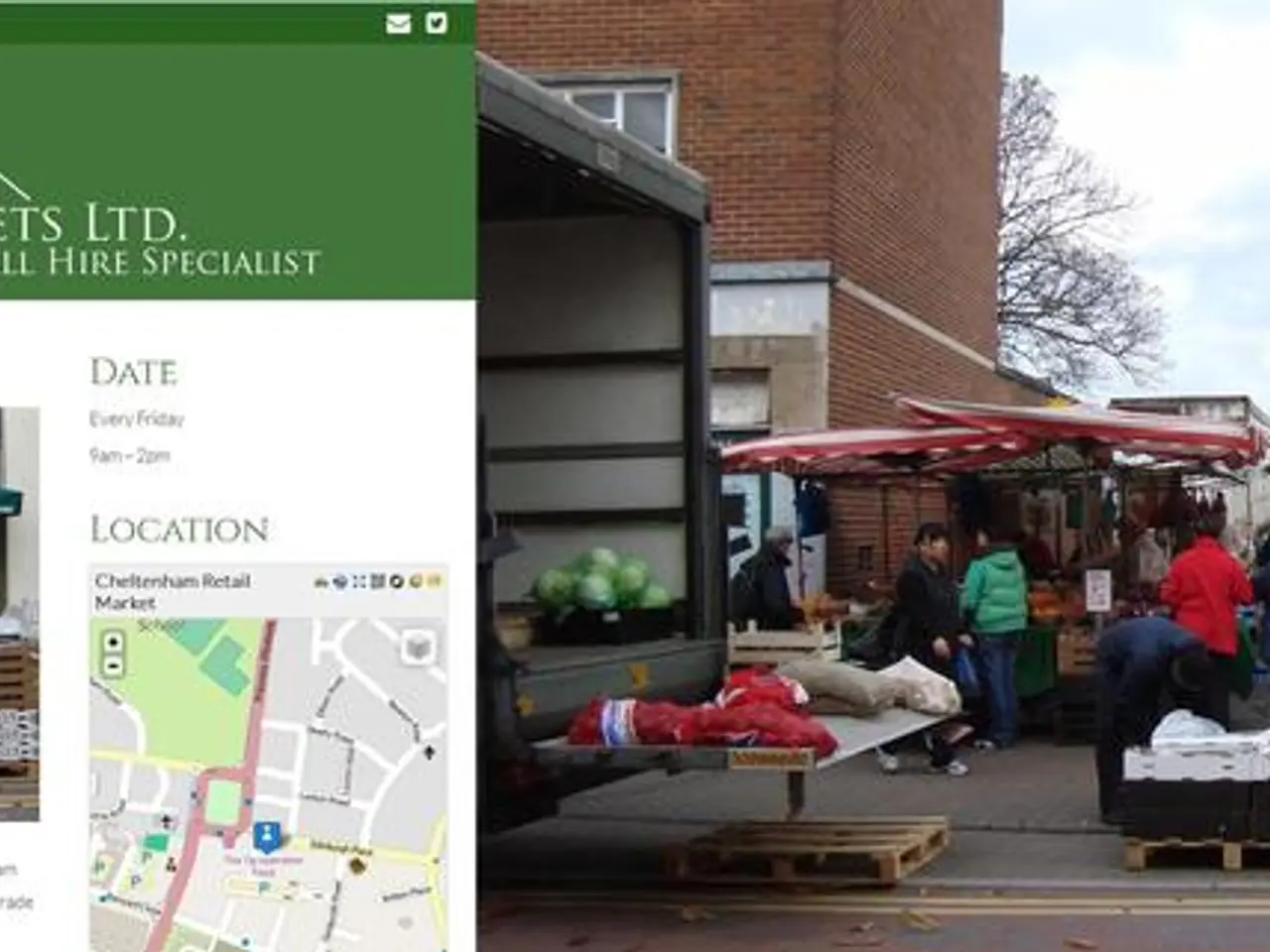Event: Climate Goal Introduction via CDx Webinar
In the pursuit of sustainability and climate change mitigation, companies with limited emissions data and in-house expertise may feel overwhelmed. However, there is a credible and accessible starting point for structured climate action, grounded in tools, not perfection.
Principal Technical Consultant for Sustainability and Climate Change at ERM Thailand, Tirapon Premchitt, emphasizes the importance of focusing on practical and achievable steps using available sector benchmarks, estimation tools, and free frameworks.
Start with Scope 1 Emissions
Identify and estimate direct emissions from owned or controlled sources, such as fuel combustion and company vehicles. These are usually easier to measure and reduce quickly. If exact emissions data is missing, use available fuel consumption or operational data as proxies.
Use Estimation Tools and Emission Factors
Apply standardized emission factors from trusted sources like the EPA or IPCC to convert activity data (like fuel use) into emissions estimates. These factors help estimate emissions with limited data.
Leverage Sectoral Benchmarks and Case Studies
Research emissions reduction targets and initiatives from similar companies or sectors as practical reference points to set realistic initial reduction goals. Targets should be aligned with technologies currently available and feasible to implement.
Adopt Free Frameworks and Guidance
Consider frameworks like the Science-Based Targets initiative (SBTi) which offers guidance tailored for companies starting their climate journey. SBTi helps align targets with climate science and can support companies even with limited expertise.
Focus on Practical Pathways
Prioritize emission reduction measures that are proven and practical within your sector related to technology readiness and cost-effectiveness, for example, fuel efficiency improvements, equipment upgrades, or renewable energy sourcing.
Use Simple Carbon Accounting or Software Tools
Utilize free or low-cost carbon accounting tools available online or check if local governments or NGOs provide emissions calculators or technical assistance to help estimate and track emissions.
The webinar, led by Liam Salter, CEO of RESET Carbon, focuses on these practical pathways to setting the first emissions reduction target. By the end of the session, participants will have learned how to take credible action toward emissions reduction with the resources they already have.
Yuan Chun Kew, the Head of Sustainability & Safety at Frasers Property Singapore, emphasizes that imperfect data is not a barrier to credible climate action. Free tools, frameworks, and sector benchmarks are available to support baselining and target-setting, such as the CDx platform which offers additional tools, peer support, and learning resources.
Companies have already taken action using these available tools, guidance, and estimation methods, setting a promising example for others to follow. By setting an emissions baseline and climate target, companies can make a significant contribution to the global fight against climate change, progressively refining their targets as data and capabilities improve.
- Companies, even those with limited emissions data and in-house expertise, can start their climate change mitigation journey by identifying and estimating direct emissions from owned or controlled sources using available sector benchmarks, estimation tools, and free frameworks.
- To estimate emissions with limited data, standardized emission factors from trusted sources like the EPA or IPCC can be applied to convert activity data (such as fuel use) into emissions estimates.
- For realistic initial reduction goals, companies can research emissions reduction targets and initiatives from similar companies or sectors as practical reference points, ensuring their targets are feasible to implement with existing technologies.
- Adopting free frameworks like the Science-Based Targets initiative (SBTi) can help align targets with climate science, providing guidance and support for companies starting their climate journey, regardless of their level of expertise in environmental-science, finance, or industry.




